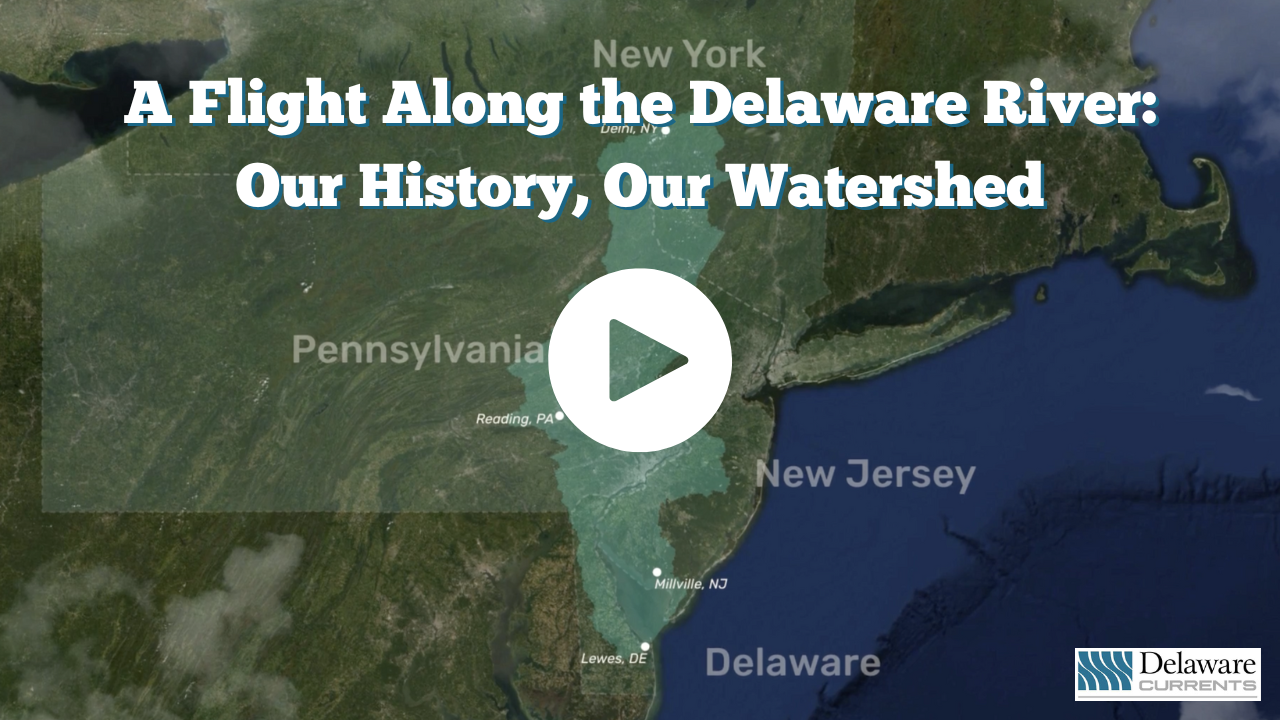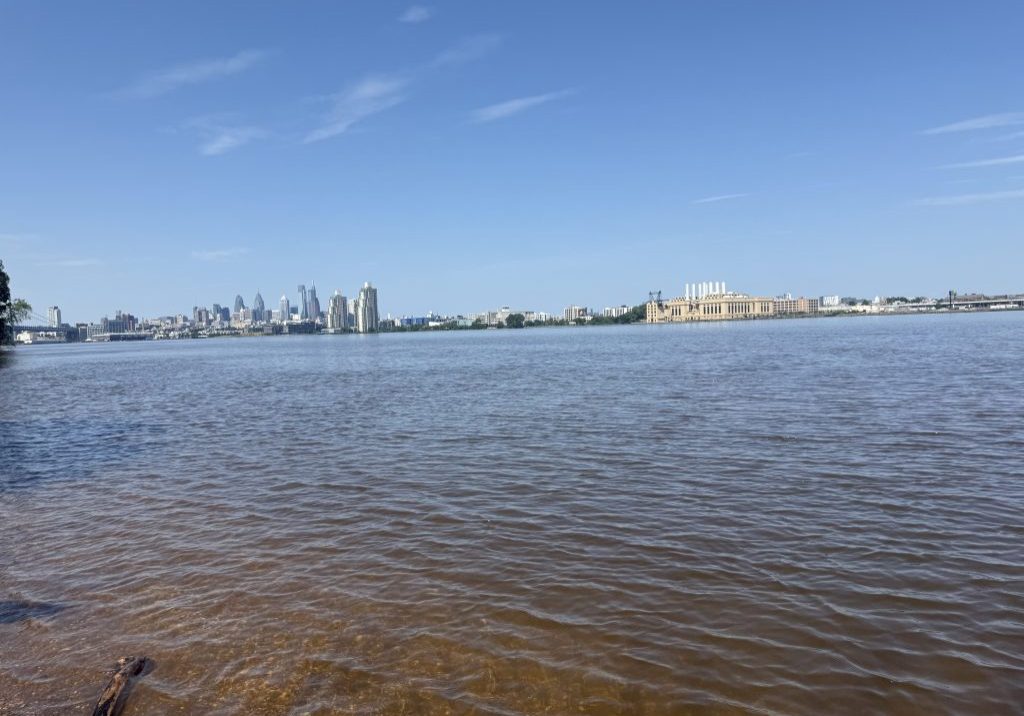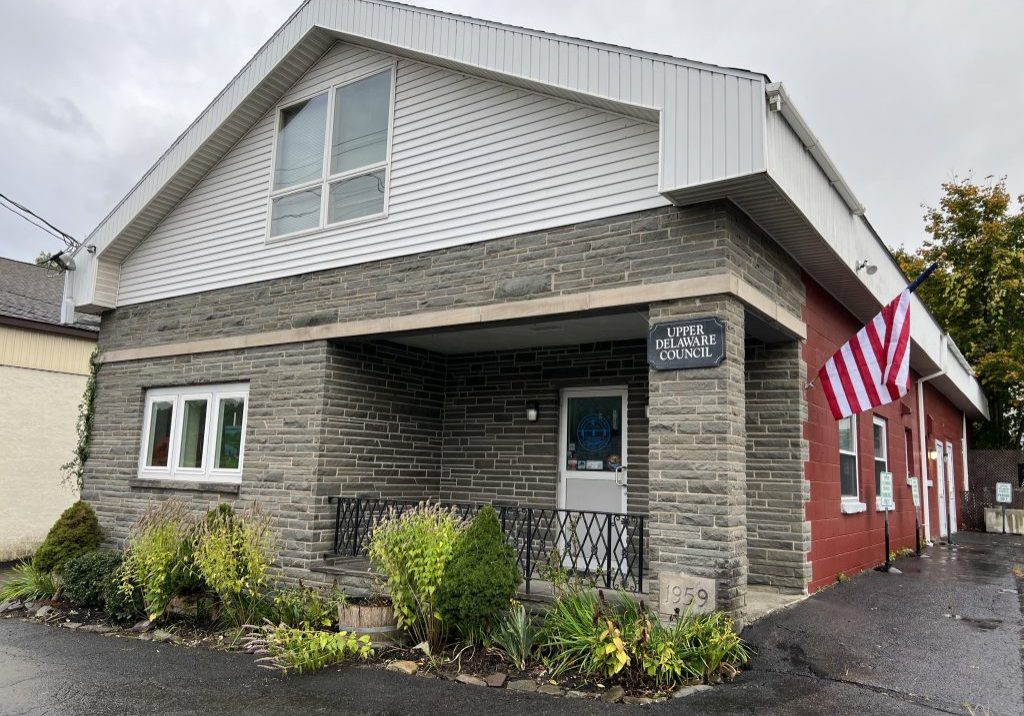
EPA plans to finalize rules to improve water quality in the Delaware River
| April 2, 2025
A longtime effort to improve the water quality of a 38-mile stretch of the Delaware River between Philadelphia, Pa., and Wilmington, Del., which has been chronically polluted, took another step forward on Tuesday.
The U.S. Environmental Protection Agency said that it would finalize a rule revising water quality standards for that section of the river, which has suffered from a so-called oxygen sag, or a depletion of dissolved oxygen, which is vital for the propagation of fish, particularly the endangered Atlantic sturgeon.
“EPA’s forthcoming final rule will prioritize clean water to support aquatic life and benefit those living, working and recreating in Delaware, New Jersey and Pennsylvania,” the agency said in a news release.
The pending rules cap a dozen-year battle to improve oxygen levels left depleted largely by pollution stemming from undertreated nitrogen from urine discharged into the river by wastewater treatment plants.
The capstone of the battle came when the Delaware Riverkeeper Network and the EPA settled a federal lawsuit in which a consent decree was reached. The agreement required the EPA to implement the new rules by June 30, 2025.
Though the EPA faced a deadline for the new rules, the agency’s announcement on Tuesday was still significant and not considered a given. It was not clear whether the second Trump administration, with its anti-regulatory posture, resistance to environmental initiatives and staff cuts across all levels of the federal government, would actually follow through with the new Delaware River rules.
As recently as March 25, Maya van Rossum, the Delaware Riverkeeper who led the fight to gain the improved water quality rules, said she was waiting for confirmation that the consent decree was approved by the judge.
“If it is, then all should be on track in terms of timing,” she said. “If it is not, then I’m not sure.”
Read more: EPA seeks to improve dissolved oxygen levels and water quality in urban stretch of Delaware River
The final form of the rules remains unknown. In fact, the EPA said it was continuing to review and consider all the public comments it received and that it “intends to comply with all applicable and relevant Executive Orders when issuing this rule.”
Wastewater treatment operators that would be affected by the new rules have resisted them, saying they would be hugely expensive to implement and would pose a burden on their ratepayers.
As van Rossum noted last month, the substance of the rules “is not at all assured.” She said in a statement on Tuesday that “the Delaware Riverkeeper Network looks forward to the day when we can celebrate and rely upon new dissolved oxygen standards that can help save our sturgeon from extinction, while at the same time supporting and enriching the lives of all of us.”
The EPA noted in its announcement that the section of the River between Philadelphia and Wilmington is where several commercially and recreationally important fish species live and spawn.
“Making sure that all these oxygen-sensitive fish have adequate water quality that supports reproduction and growth will protect and increase their populations, which will bolster commercial and recreational fishing, job creation, and revenue in the ecotourism sector,” the agency said.
The EPA’s administrator, Lee Zeldin, said: “As part of my Powering the Great American Comeback Initiative to provide clean water for all Americans, EPA is committed to issuing updated water quality standards for this portion of the Delaware River. When finalized, this action will protect two species of endangered sturgeon and prove to be a boon for commercial and local fishing by also protecting American shad, striped bass and yellow perch.”
Kristen Bowman Kavanagh, the executive director of the Delaware River Basin Commission, which for years spearheaded the research to support the new rules, said she was proud of the commission’s “sound scientific work in the process.”
“The DRBC will continue to provide resources and expertise to our member states, EPA, and stakeholders to implement the rule,” she said.







